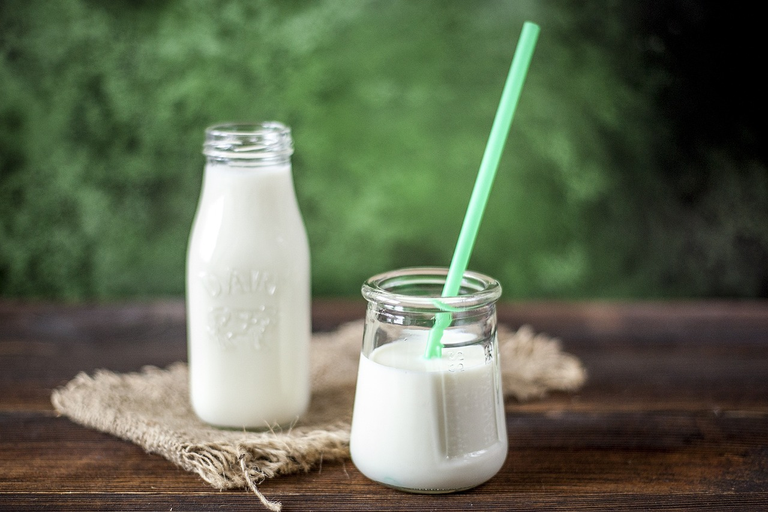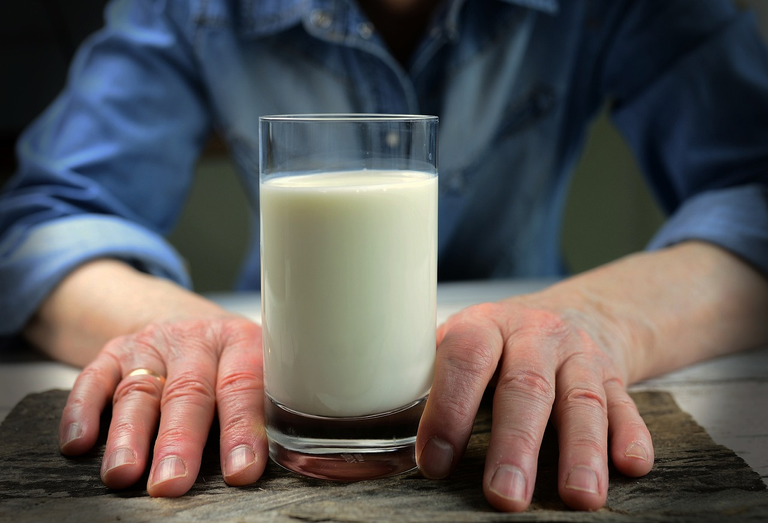How much is enough?
The amountof calcium you need varies throughout your life. Greatest needs occur during the period of rapid growth among children and adolescents and among pregnant and nursing Women. About 30 years of age, the amount of bone you form typically reaches its maximum. Bone information and bone loss are balanced. For this reason,the RDA for calcium drops from a high if 1,200 milligrams for adolescents to 800 milligrams for adults older than 25. However, in light of evolving research into calcium-related disorders,the NIH recommended higher calcium intakes for adults. The panel agreed you need more calcium because:
- You absorb less calcium= calcium absorption decreases as your age, especially after about 65. You also make less vitamin D, essential for enhancing the amount of calcium that ultimately reaches your bones.

Source
If youre a Woman:
-Your estrogen level falls= Estrogen slows calcium loss from bones. At menopause, when your estrogen level drops, bone loss accelerates. During the first six to eight years of menopause, estrogen replacement therapy slows bone loss. that’s why women who take estrogen need less calcium than women who don’t take the hormone. About 10 years, estrogens effects are less dominant and calciums effects increase. Supplemental amounts of calcium in the range of 1,500 milligrams seem to reduce bone loss.
Ways to get more Calcium:
To meet the higher calcium recommendations:
- Choose foods first.
Dairy products are your richest sources of calcium. Select lowfat items such as skim milk or lowfat yogurt to limit calories and fat. If you don’t or cant drink milk, some kinds of leafy green vegetables and legumes, plus calcium-fortified products, are other ways to boost your calcium intake. To fortify your own foods, add a tablespoon or two of nonfat dry milk to baked goods, casseroles, meatloaf or hot beverages. - Consider a Supplement.
Depending on your diet, food alone can provide you with recommended amounts of calcium. If your diet doesn’t include dairy products, however, you may need a calcium supplement.
Tips for Taking a Supplement:
Food is the best way to get calcium because it contains a variety of essential nutrients. But if you need supplement:
- Take a small doses.
Limit single doses to no more than 600 milligrams of elemental calcium. Your body absorbs small doses best. - Take with meals.
Althought some foods may interfere with calcium absorption, taking a supplement with meals is most covenient. Many older adults also have reduced levels of stomach acid. By stimulating acid production. Eatinf enhances calcium absorption. - Add vitamin D.
If youre not taking multivitamins, choose a calcium supplement that also provides 200 to 400 international Units of vitamin D.
Keep Calcium in Perspective:
Getting enough calcium in your diet may help slow bone loss and reduce your risk of osteoporosis. But remember, regular weight-bearing exercise also helps keep your bones strong. And if youre a woman, estrogen replacement, combined with exercise and adequate dietary calcium, offers the best defense againts bone loss and fractures.

